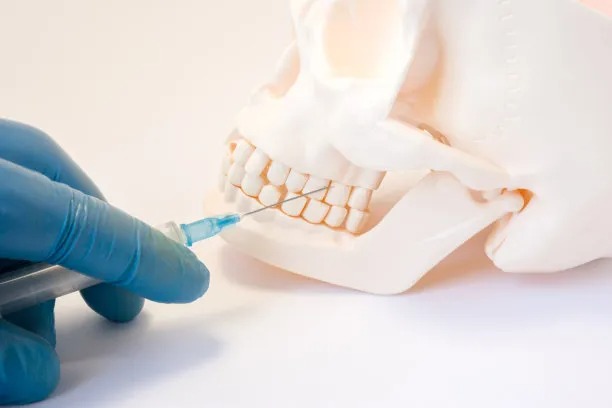Essential Guidelines for Ensuring a Safe and Effective Dental Filling Experience for Optimal Oral Health
Summary: Dental fillings are essential for maintaining optimal oral health, addressing issues like decay or damage. This article outlines key guidelines to ensure a safe and effective filling experience. By understanding the importance of selecting a qualified dentist, preparing adequately for the procedure, ensuring proper aftercare, and recognizing potential complications, patients can achieve better outcomes. These steps are crucial for promoting not only immediate relief but also long-term oral health benefits. Lets delve into these essential guidelines to ensure you have a smooth and beneficial dental filling experience.
1. Choosing a Qualified Dental Professional

One of the most important steps in ensuring a safe dental filling experience is selecting a qualified dentist. Seek out a practitioner who has been properly trained and possesses relevant credentials. This includes checking if the dentist is licensed and if they have specific training in administering dental fillings.
Furthermore, reviews and testimonials from previous patients can provide insight into the dentists skill and approachability. Engaging with your dentist through consultations can also help you gauge their professionalism and expertise, ensuring you feel comfortable throughout the process.
Finally, consider their experience with different types of fillings, such as composite, gold, or amalgam. A well-informed choice regarding the type of filling best suited for your needs can make all the difference in your overall experience and satisfaction.
2. Preparing for Your Dental Appointment
Proper preparation for your dental appointment can significantly enhance your comfort level and the effectiveness of the filling procedure. Firstly, it is advisable to communicate any medical history or sensitivity issues with your dentist beforehand. This will allow the dentist to tailor the treatment plan to your specific needs.
Additionally, understanding the procedure itself can help alleviate anxiety. It is beneficial to ask your dentist about what to expect during the filling process, including the numbing methods used and the approximate duration of the appointment.
Moreover, arranging for aftercare support is crucial. Whether it鈥檚 arranging for transportation post-appointment or ensuring you have someone to assist you at home, being prepared can help minimize stress and facilitate a smoother recovery.
3. Understanding Aftercare Instructions
Aftercare following a dental filling is critical for promoting healing and ensuring the longevity of the filling. Generally, being mindful about what you eat and drink immediately after the procedure can prevent unnecessary discomfort or damage. Soft foods are recommended during this time.
Additionally, adhering to oral hygiene practices is paramount. Continue brushing and flossing gently but effectively, and follow any specific instructions provided by your dentist. Avoiding extremely hot or cold foods can also help as your mouth may be sensitive post-treatment.
Lastly, if you notice any unusual symptoms such as persistent pain, sensitivity, or swelling, reach out to your dentist immediately. Early intervention can address concerns before they escalate into more serious issues.
4. Recognizing Possible Complications
Being aware of potential complications following a dental filling can aid in a smoother recovery process. While most issues are minor, such as temporary sensitivity, it is critical to recognize when a problem may require professional intervention. For example, if you experience severe discomfort that worsens over a short period, this may indicate a problem with the filling or an underlying issue.
Another potential complication is the risk of infection. Signs of infection might include swelling, redness, or fever. Attention to these symptoms can lead to timely treatment and better oral health outcomes.
Allergic reactions to filling materials, although rare, can also occur. If youve had previous reactions to dental materials, inform your dentist, who can choose a suitable substitute to mitigate this risk. Awareness of these complications allows for proactive measures and timely responses should an issue arise.
Summary: In summary, ensuring a safe and effective dental filling experience hinges on four fundamental aspects: choosing a qualified professional, preparing adequately for the appointment, following proper aftercare instructions, and recognizing potential complications. Each step plays a critical role in enhancing your comfort and ensuring optimal outcomes for your oral health.
By adopting these essential guidelines, you not only safeguard your immediate dental health but also invest in the longevity of your smile. Remember, informed decisions lead to better dental experiences.
This article is compiled by Vickong Dental and the content is for reference only.



